I want to achieve the exact same thing asked in this question: How to plot the survival curve generated by survreg (package survival of R)?
Except for the fact that I don't want the data to be stratified by a variable (in the question above it was stratified by sex).
I just want the progression free survival for the whole group of treated patients.
So when I copy the code from the other question, here is where I get stuck:
library(survminer)
library(tidyr)
s <- with(lung,Surv(time,status))
fKM <- survfit(s ~ sex,data=lung)
sWei <- survreg(s ~ as.factor(sex),dist='weibull',data=lung) # in my case here I would replace as.factor(sex) by 1
pred.sex1 = predict(sWei, newdata=list(sex=1),type="quantile",p=seq(.01,.99,by=.01)) #Since I don't want to stratify, what do I do with these 2 lines of code?
pred.sex2 = predict(sWei, newdata=list(sex=2),type="quantile",p=seq(.01,.99,by=.01))
df = data.frame(y=seq(.99,.01,by=-.01), sex1=pred.sex1, sex2=pred.sex2)
df_long = gather(df, key= "sex", value="time", -y)
p = ggsurvplot(fKM, data = lung, risk.table = T)
p$plot = p$plot + geom_line(data=df_long, aes(x=time, y=y, group=sex))
I tried replacing as.factor(sex) by 1 and then the rest of the code just does not make sense, can someone help me with this?
Many thanks in advance!


